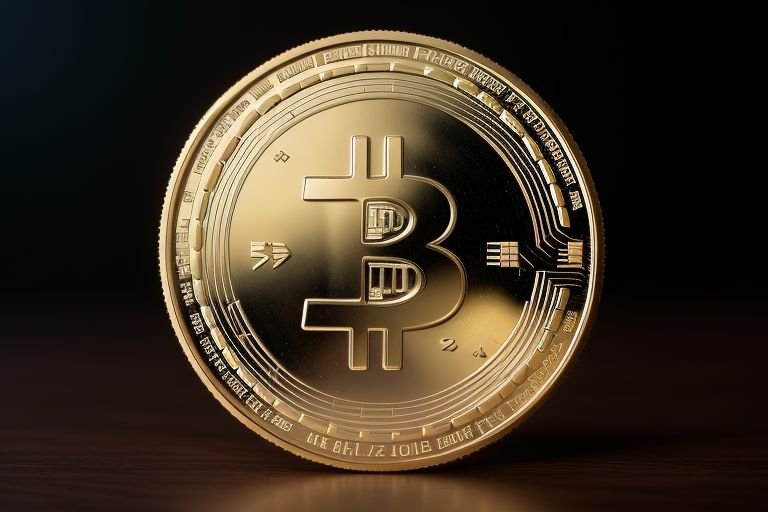Solana has quickly climbed the list of popular cryptocurrencies and is now considered one of the serious contenders in the segment of platforms for deploying smart contracts. Solana was launched in 2020 and has quickly attracted the community’s attention due to its high speed and low fees, which makes it a very suitable option to Ethereum.
Therefore, with the blockchain industry’s ongoing development, Solana has positioned itself as a leader in the cryptocurrency market thanks to its architecture and expanding ecosystem. The most important feature of Solana is that it is aimed at the high-speed processing of transactions.
The network has a theoretical capability of handling up to 65,500 TPS while the average transaction fees are below $0. 01. This high performance is realized by Solana’s new consensus algorithm, which combines proof of stake (PoS) with a new time-stamp system, proof of history (PoH).
Through recording the time stamp when transactions are initiated, PoH enhances the organisation of the transactions and validation of the same thus reducing the time and computational resources needed to achieve consensus.
Given that Solana is an extremely fast and cheap network, it has become popular among decentralized applications (dApps) and decentralized finance (DeFi) projects. There has been increased activity in the network with more projects starting on Solana to leverage on efficiency offered by the network.
Apart from decentralized exchanges and lending platforms, Solana’s ecosystem was rapidly expanded to encompass from NFT marketplaces to gaming applications.
The platform is also developer-friendly which is another reason contributing to the adoption of Solana. The platform is available in multiple programming languages such as Rust, C, and C++ hence is ideal for developers of all skills. Furthermore, the architecture of Solana is flexible to provide developers with the ability to integrate with other applications, thus making the creation of a large number of applications based on existing protocols easier.
Solana’s DeFi ecosystem has been most prominent in its growth in the last few months. The TVL of DeFi protocols built on Solana has increased and billions of dollars worth of assets are flowing into it. This has been attributed by the ability of this blockchain platform to launch several projects and also the migration of several users from other blockchain platforms in the hunt for faster and cheaper transactions.
Decentralized finance (DeFi) is a primary driver of the Solana ecosystem and has led to the growth in adoption of SOL, Solana’s native cryptocurrency.
Scalability is Solana’s primary concern that does not end with the question of transaction throughput. This network design is also built to grow with Moores Law: Solana can grow with hardware capability and cost, yet stay fundamentally unchangeable at the protocol level. Such a progressive strategy of scalability may prove to be highly effective for Solana’s sustainable development and widespread usage in the future.
The platform has also been growing in the nascent niche of non-fungible tokens (NFT) as well. Solana’s fast transaction speed and relatively low fees make it a perfect environment for tokenization of assets, especially NFTs since Solana has also faced the problem of high gas fees and network congestion, which are the major challenges that affect the minting and trading of NFTs on other blockchains. Some of the most well-known NFT collections and platforms have integrated with Solana, helping to attract more artists and collectors to the blockchain.
However, Solana has not been without its problems and critics as it is a blockchain with technical prowess. It has been noted that the network has been shut down severally since the launch and this is a big issue of concern regarding its stability. Such events have raised questions about the relations between performance and reliability in the network, and the further debates on the best practices for the large-scale development of the blockchain.
Other issues related to Solana’s decentralization include the governance mechanism and token distribution as well. Some commentators fear that the choice of high-performance validators creates a centralized structure that could be a threat to the very concept of decentralization of the blockchain. The Solana Foundation and core development team have addressed these concerns through making changes towards decentralization and the network’s sustainability.
Therefore in the future there are prospects ahead that are beneficial to Solana as well as threats that are likely to affect it. The high operational performance and the continuously expanding ecosystem make it possible for the platform to capture a sizable share of the dApp and DeFi markets. But it also has to face rising competition from other high-performance blockchains and the constant work on the scaling solutions for major platforms such as Ethereum.
Thus, with time, Solana’s speed, scalability, and a rich set of tools for developers may position it as a dominant platform in the blockchain industry of the next generation. Whether it will be able to sustain the pace it has set and whether it will be able to solve the problem of scaling while keeping the architecture as decentralized as it is now remains to be seen, but Solana has undeniably emerged as a serious player in the world of block chain and crypto currencies.
With increased demand from developers and users based on high-performance blockchain solutions, Solana’s role in the development of decentralized applications and finance in the future will only expand, which makes it an attractive cryptocurrency for investing in the coming years.
Related


